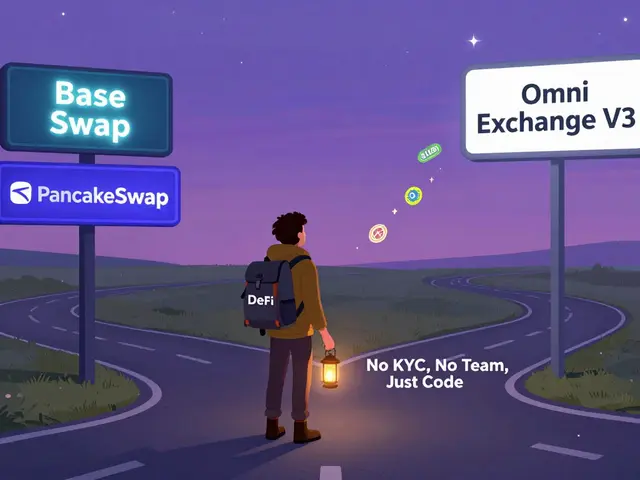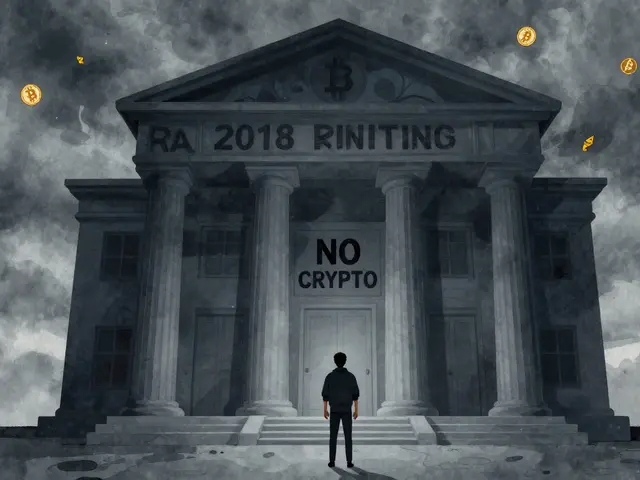Kuma Inu – Meme Token Overview
When working with Kuma Inu, a meme‑style cryptocurrency built on the Binance Smart Chain that focuses on community‑driven growth and frequent token drops. Also known as KUMA, it blends playful branding with real utility. Crypto airdrop, the free distribution of tokens to eligible wallets is a core growth tactic for Kuma Inu, rewarding holders and pulling new users in. Tokenomics, the economic model that defines supply, reward, and burn mechanisms shape how the token behaves in the market. Finally, DeFi, decentralized finance platforms where tokens can be staked, swapped, or farmed provides the infrastructure for those incentives.
Kuma Inu isn’t just another meme coin; it represents a complete ecosystem. The token’s design encompasses meme token economics that rely on hype, viral marketing, and community memes. At the same time, each airdrop requires wallet eligibility—you need to hold a minimum amount or complete simple tasks to qualify. This mirrors the broader practice in crypto where airdrops boost exposure while keeping distribution fair.
How Tokenomics Drives Investor Behavior
Understanding tokenomics is crucial because it influences investor behavior. Kuma Inu caps its max supply, burns a percentage of each transaction, and allocates a slice to a liquidity pool. Those mechanics aim to create upward price pressure while rewarding long‑term holders. When you compare this to other meme projects, the burn‑and‑reward loop often determines whether a token survives the hype cycle or fizzles out.
DeFi platforms take the next step by letting you stake your Kuma tokens for passive earnings. Staking pools on popular DEXes lock up tokens, generate fees, and return rewards in the same token. This creates a feedback loop: more staked tokens increase liquidity, which improves swap rates, which in turn attracts more participants. The synergy between tokenomics and DeFi is what separates sustainable projects from flash‑in‑the‑pan jokes.
Community governance also plays a pivotal role. Kuma Inu holders can vote on proposals like fee reductions, new airdrop criteria, or charity donations. This shapes token development and gives the community a sense of ownership. When the community feels heard, engagement rises, and the token’s network effect strengthens.
Risk management is another piece of the puzzle. Like any meme token, Kuma Inu’s price can swing wildly on social media trends. However, the built‑in burn mechanism and regular airdrops provide some price floor support. Investors should watch the burn rate, airdrop schedules, and DeFi pool yields to gauge overall health.
Below you’ll find a curated set of articles that dive deeper into each of these areas—airdrop guides, tokenomics breakdowns, DeFi staking tutorials, and community governance tips. Use them to sharpen your strategy, avoid common pitfalls, and get the most out of the Kuma Inu ecosystem.
Kuma Inu Airdrop Details: What’s Real, What’s Not?
Explore the truth behind the Kuma Inu airdrop claims, distinguish it from the rebranded Kuma platform rewards, and learn how to verify any crypto airdrop safely.





